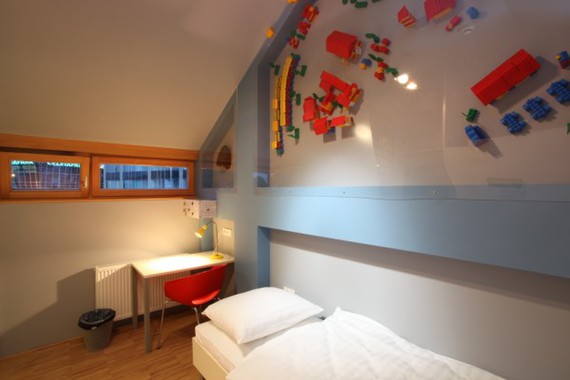- MCC
- Dogaja
- Seminarski center
- Novice
- MCC PUBLIKACIJE
- Sporočila za javnost
- SPLETNE IZOBRAŽEVALNE IGRE
- Infopentlja
- Koncerti / prireditve
- Priložnosti doma
- Priložnosti v tujini
- Prostovoljstvo
- Delavnice
- Razpisi / natečaji / delo
- Europe Direct Savinjska
- Uporabni viri
- Arhiv infopentlje
- Projekti
- YouWell
- TALKaCtive
- D.A.Y.
- H(ART)BEAT
- Mobilnost mladih
- DIGI YOUTH 2.0
- Pretekli projekti
- Aktivno mladinsko delo v teku
- Teden Evrope 2019
- Mladinska izmenjava Youth SLAMs against radicalization
- Cl@ss
- Mynnova
- DiFens
- OPEN
- StopR
- SENTYR
- SIYC
- Blend-IN
- Mladinska izmenjava E-ville skupnost
- E-UNITE
- Zasukaj volan v pravo smer
- Filmski teden Evrope 2019
- Novice projektov
- Evropski teden mobilnosti 2019
- EMPLOY
- GAMEFY
- Filmski teden Evrope - pod zvezdami 2020
- APEL
- Evropski teden mobilnosti 2020
- Youth workers together for active participation
- MVP - Mladi v praksi
- Očistimo celjske hribe
- EUYOU - EU and Youth
- LOGBOOK
- Združeni v fotografiji
- Mladi in mediji
- Misija človek
- Mladinska izmenjava: Govori z mano
- Storytelling for Youth Work
- EURvoice
- VALUE
- PLEZAJ KOT GROF
- Spread the Game
- Adaptive sport programs
- MENTOR UP
- DiARC
- CO-MIX
- Mladi zEKO
- Peers for Inclusion – Open Learning Platform
- CETERIS PARIBUS
- SIMPLE
- POLET S KNJIGO
- Kulturni zEKO
- Spoznaj lovca
- Digitalna generacija mladinskih centrov
- Agora NextGen
- AMOR
- MLADINSKA IZMENJAVA: BEYOU
- Sodeluj in oblikuj
- G.O.A.T. - Get on the action train
- Pripravi & Participiraj
- VOICE
- Preudarno nad prekarno
- Mladi učitelj v akciji
- Be in balance
- F.Y.I.
- CIRCLES
- Hostel
- Zgodba
- Miti in legende
- Projekt Fake his(s)tory
- Sobe
- Vizitka
- Kontakt
- Lokacija
- Ekologija
- Cenik
- Cenik
- Hišni red
- Splošni pogoji poslovanja
- Kaj početi?
- Legenda potuje
- Legende odkrivajo
- Dogodki v Celju
- Kam na izlet?
- Lov na legende
- Ponudba za skupine
- Ponudba za šolske skupine
- Ponudba za seminarske goste
- Ponudba za športnike
- Ponudba za poslovne goste
- O nas
- Vizitka
- Predstavitev
- Ekipa
- Informacije javnega značaja
- Naročila
- Politika varstva osebnih podatkov
- Upravljanje piškotkov
- Ambasadorji
- Foto in video galerija
Gospod K.
Gospod K. je enoposteljna soba.
Kako loviti in uloviti samega sebe? To je vprašanje, ki že več desetletij odmeva po mestnih ulicah. To je urbana zgodba o policistu, ki išče storilca kriminalnega dejanja, ki ga je storil policist sam.MISTER K.
How does one pursue and catch one's own self? This questions has been echoing the city strees for decades. This is an urban story about a police officer in pursuit of the perpetrator of a crime he himself has committed.
The story of this gentleman, a well-known urban figure, remains alive to this day. Rolling around for over forty years old, it seems to have snowballed, taking on some fantasy as well. It is interesting to hear people of different ages tell their side of the story and then take on it from today's perspective. Like every other story, it has some facts and a lot of ficstion; both inspired the placement of the story into the roms. A lot of material and information has been accumulated over the years, some gathered on the streets, some in an interview with a high-ranking official from the time of the event. We also relied on the newspaper articled of the Celjski Tednik (the Celje Weekly Review) from 1965, including one article from the time when the actual perpetrator had not yet been revealed. The most strinking element of the room is the reconstruction of the scene of the shooting, the city streets and the locations in which the search for the suspect took place, all using children's bricks in vivid colours. Although the story is actually tragic, the bricks on the wall give it a news, fresh, involving, innocent and above all comic twist. Also featured in the rooms is a hat of the official, which evokes the stern air of a police officer's duties. The box presents a number of stories, pieces of information, articles etc.: the holes on the box symbolize gunshots that also allow light to reach the box interior with a figure of the police officer. Looking through a peeking hole in the box, one gets the impressions of depth and grandeur of the space lined with information, as well as a sense of guilt and unease. Depicted on the glass surface are the persons featured in the story, drawings of the room, notes, etc., appearing like photos that have just been processed or as a filmstrip.
Prijava
- Vizitka
- Zgodba


